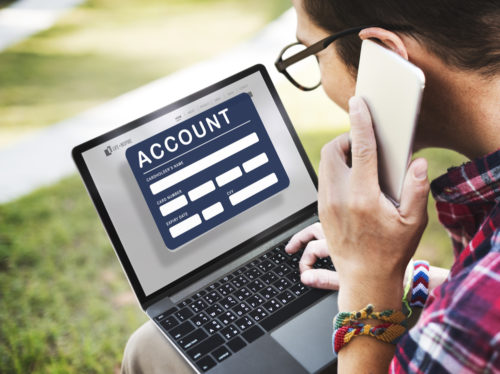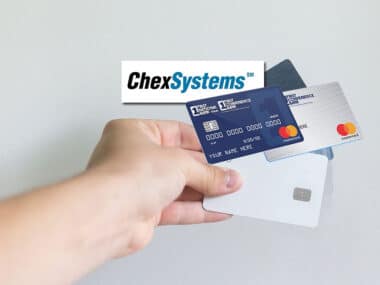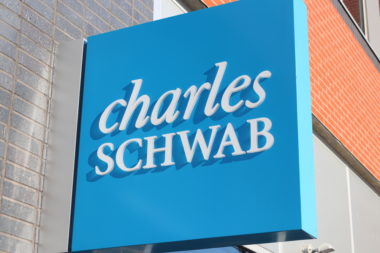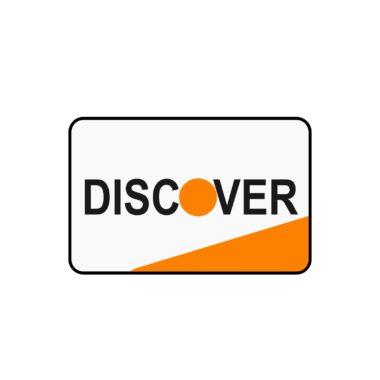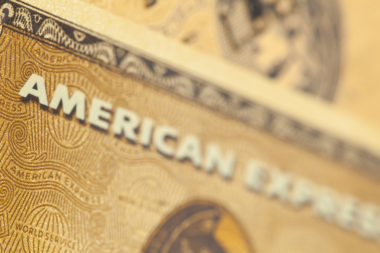Online banking is a convenient alternative to using a brick-and-mortar bank. You can even open a bank account online. Though you submit your information and documentation digitally, the process of opening a new account is similar, whether you do it in person or the internet.
Of course, with an online-only bank, you must open an account using the internet. Many brick-and-mortar banks also offer the option to open an account online.
If you want to try to open an account online, you need to understand the process and get your documents, information, and initial deposit ready so that everything goes smoothly.
Table of Contents
What Do You Need to Open a Bank Account Online?
You need a few pieces of information and documents to open a bank account. First of all, banks need to verify the identity of all account holders. You confirm your identity by showing a form of valid identification. When opening an account online, you need to send these identity documents electronically.
Banks accept some forms of identification, but not others. You need to have the proper documents on hand and be ready to scan or photograph them to submit during the process.
What information will a bank require when you open an account?
- You will need to provide your full legal name and date of birth.
- Banks will require a mailing address. This address can be a P.O. Box or a physical address. In most cases, if you list a P.O. box, you also need to provide a physical address. You can use your home address.
- You need to submit an email address and phone number. You can use a cell phone number. Banks may send statements via mail, but most will use email and phone to contact you, so you should make sure you enter this contact information correctly.
- You also need to provide a tax ID number or Social Security number.
- You need to provide a signature. Some banks may ask you to print, sign, and send a signature page, while others will accept a scanned signature. E-signatures are becoming more common, and most large banks will offer this option.
What forms of identification do you need?
Banks require a government-issued ID to verify your identity. You may need to scan this ID and attach it or send it as a PDF. Some banks may accept a quality photograph of an ID, and some may require that you scan both the front and back of the ID. Options for acceptable IDs include:
- A driver’s license is the most common form of ID that banks accept. You can use your driver’s license as long as it is valid and not expired.
- If you do not have a driver’s license, you can use a valid, unexpired passport.
- Banks will also accept an unexpired state or federal ID card.
You may be able to verify your identity in other ways. However, these methods usually require you to visit a brick-and-mortar location.
Types of Accounts Online
Banks offer different account options to users. You may find that you have to choose from numerous variations. However, you can usually trace these options back to two account types: checking accounts and savings accounts. You should open the type of account that best fits your financial needs. In some cases, you may want to open both a checking and savings.
Online Savings Account
An online savings account is for saving money. Most savings accounts yield interest to account holders. However, these accounts are not for daily spending. You will not get physical checks or a debit card when you open a savings account.
Most banks have rules about how many times you can withdraw or transfer money from a savings account. Also, you may need to keep a minimum balance in your account to qualify for interest earnings. If you want a place to save money that you do not intend to use for daily spending, then you should open an online savings account.
Online Checking Account
An online checking account is for transactions. In other words, this type of account is what you should open if you want a debit card, ATM access, and a convenient way to manage money for daily spending. With a few exceptions, online checking accounts do not pay interest.
While checking accounts do not have the same limitations and requirements as savings accounts, you may have to abide by daily withdrawal or ATM limits.
Checking accounts offer a high level of convenience for consumers. However, you need to be aware of the potential fees associated with checking accounts. Some accounts charge a monthly maintenance fee, though some give you the chance to avoid this by setting up a direct deposit or maintaining a minimum balance. You may also have to pay for using ATMs that are out of your bank’s network or printing paper checks.
All checking accounts come with overdraft fees. These fees get charged when you spend more than you have in your account. Rather than voiding the transaction, your bank may accept it, but then force you to pay a fee in addition to depositing the money in your account to cover the purchase.
You need to be aware of fees and penalties. The law requires banks to tell you about any potential fees when you open the account, so be sure to read the fine print.
Funding an Online Bank Account
You need to make an initial deposit when opening an online bank account. There are different options for putting money in your account. However, if this is your first online account, the process might be a bit confusing.
The easiest way to make this deposit is usually by transferring money from an existing account. You can do this electronically by entering the account number and routing number of your current bank. Some banks may allow you to use a debit card associated with your existing account, though most prefer a paper check. You may choose to keep your other account open or close it after you fund your new account.
Online banks typically have mobile deposit apps that allow you to take pictures of a check and then submit the photos instead of sending the physical check. You can write a check from another account, or you can deposit a paycheck using this method.
If you have cash, you can use it to purchase a money order, which you can then deposit online.
Finally, if you need an additional method, open an online account with a bank that also has physical locations. You can go to one of the branches to deposit cash for your initial deposit.
Pros and Cons of Online Banking
Online banking may be a convenient option for some people, but others may find that opening an account at a brick-and-mortar location is more straightforward.
The choice between online and traditional accounts depends on your expectations and financial needs. One of the most important requirements for online banking is that you need to be comfortable using websites and mobile apps. Here are the pros and cons of online banking to help you decide if it is the best option for you.
Pros
- Higher interest rates: Online savings accounts have higher interest rates than savings accounts at brick-and-mortar banks. Because they have lower overhead costs, online banks can afford to offer higher interest rates.
- Fewer fees: Lower overhead also means that banks can forgo some of the charges that traditional banks levy, such as monthly maintenance fees.
- Online account management: With mobile apps for deposits, locating ATMs, and checking balances, you can handle your banking from anywhere without having to visit a physical bank location.
- Convenience: Provided you understand the process and have the right documents, opening a bank account online is more convenient than traveling to a brick-and-mortar location.
Cons
- Computer skills: You need to be able to use mobile apps and websites and have a reliable internet connection or data plan. If you struggle with technology, then an online bank is not the best option for you.
- Impersonal: You do your banking electronically, so you never interact with a teller. You may not mind this arrangement, but it does mean that you cannot interact face-to-face when you have a problem.
- Confusion about ATMs: In some cases, you may have a difficult time finding a fee-free ATM to use. You will need to take the extra step of confirming whether an ATM is part of your network.
- Security: Though online banks use encryption and security software to keep your information and funds safe, there have been instances of security breaches. However, banks that are members of the FDIC provide insurance to account holders who are victims of this type of event.
Image Source: https://depositphotos.com/
